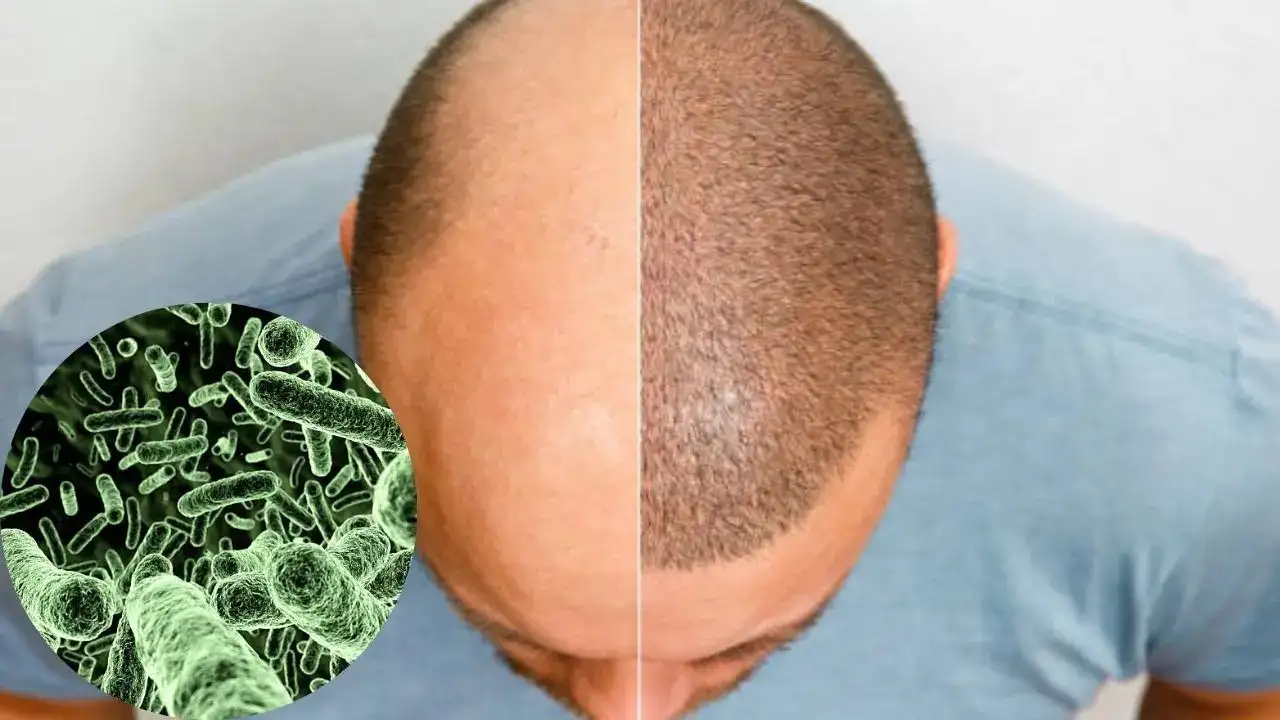
Sanil found out a flesh-eating bacterium had been growing on his head, possibly due to the hair transplantation
A 49-year-old man from Ernakulam in Kerala contracted a severe and life-threatening bacterial infection after multiple surgeries for the hair transplant procedure. According to C. Sanil, who went to a local clinic to restore his receding hairline, he ended up with physical and emotional trauma, spiralling his life into a living nightmare.
Sanil said he underwent the surgery first in February and thereafter started feeling severe pain in his head just a day after the procedure. He then went to the doctor to explain his condition, who prescribed him a few painkillers and steroids. However, his pain did not subside despite taking the medicines, and he went to another doctor for a detailed checkup. After tests, Sanil found out a flesh-eating bacterium had been growing on his head, possibly due to the hair transplantation.
Also known as necrot fasciitis, it is a rare and aggressive bacterial infection that can escalate into a life-threatening emergency. Early symptoms include severe pain, high fever, and rapidly spreading infection. Immediate hospital care, powerful antibiotics, and urgent surgery are the only way to fight it.
Sanil had to undergo around 13 more surgeries on his head, including skin grafting to treat the infection. He says a few parts of the skull are still visible and require further treatment for complete healing. Sanil has to carry a small vacuum machine to collect pus that oozes out of his skull. A complaint has been filed against the clinic and the doctor who conducted the surgery, and investigations are underway.
Why did the infection occur?
According to experts, the hair transplant procedure—a kind of hair restoration technique where a surgeon removes follicles from one part of your scalp and inserts them into balding areas—is effective in treating genetic hair loss, commonly known as male pattern baldness.
While hair transplants are generally considered safe, every procedure comes with some risk. Infections are one possible complication that affects less than 1 per cent of those who receive hair transplants.
Doctors say an infection occurs when microbes enter open wounds at the site of the donor hair follicles or at the reception site. There are a large number of blood vessels that allow your immune system to quickly target pathogens. According to experts, surgical infections most commonly occur within 2-5 days after a procedure.
What are the signs and symptoms of hair transplant infection?
Doctors say that while some bleeding and swelling are normal, symptoms can get worse instead of better or linger for more than a week, which are signs that you may be dealing with an infection. A few symptoms of a hair transplant infection include:
- Pus-filled abscess
- Oozing pus
- Redness or discolouration
- Swelling
- Pain
- Itchiness
- Burning
- Bleeding
- High fever
-
Lethargy and fatigue
- Swollen lymph nodes
- Headaches
- Nausea and vomiting
What can cause a hair transplant infection?
According to experts, an infection can develop when microbes or pathogens enter your body either during surgery or when the healing process for the procedure begins. A few reasons include:
-
Improper hygiene or unsanitary conditions can lead to bacteria entering the open wounds during a heart transplant.
- Excessive formation of crust along with scabs that cause itchiness, which transmits bacteria from your fingers into your wounds.
- Underlying medical conditions can weaken your immunity, which increases your chances of developing wound infections like type 2 diabetes, high blood pressure, HIV, and cancer.
Ways to minimise hair transplant infections
A few ways you can reduce the chances of getting any kind of severe complications from a hair transplant include:
- Always prefer going to a licensed clinic with good hygiene habits
-
Avoid picking at your scabs or touching wounds
- Always go for follow-up appointments
- Follow pre- and post-care instructions
- Avoid alcohol and tobacco while recovering
